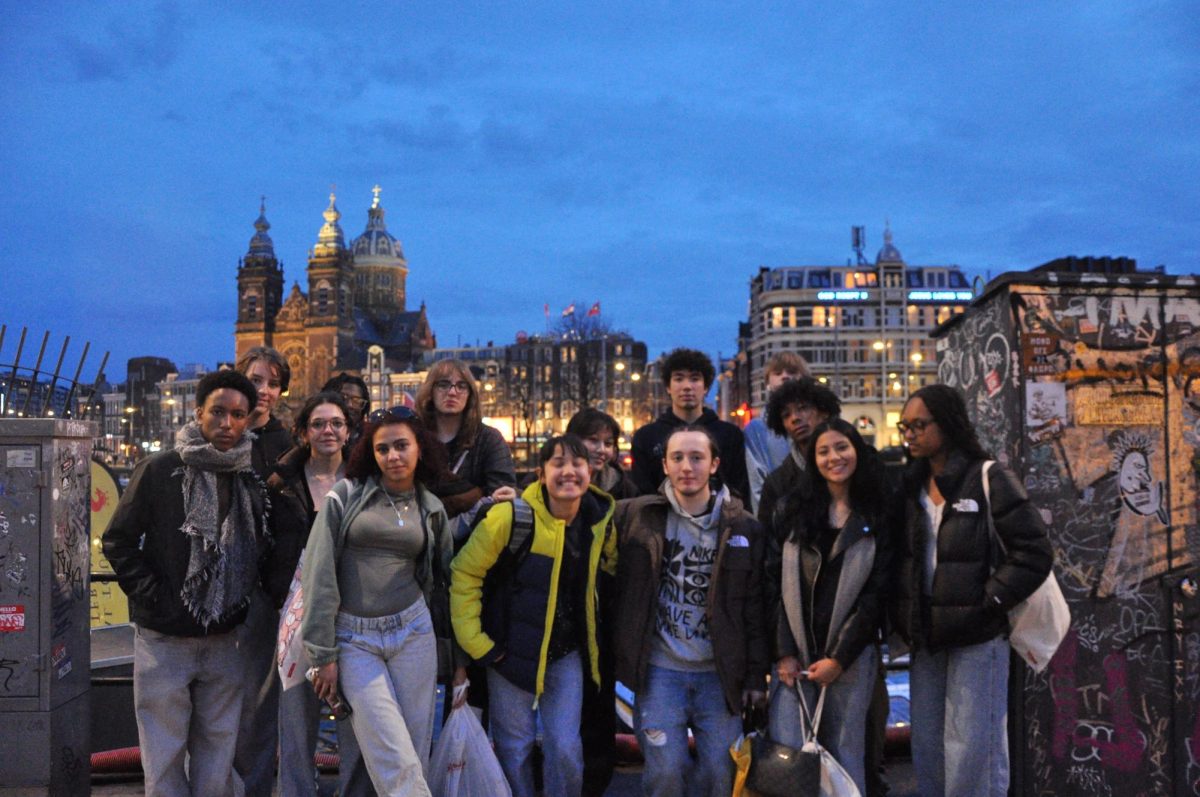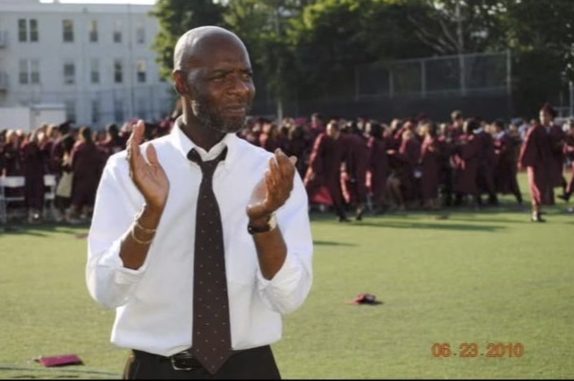On January 21st, only a day after taking office, President Trump issued the order titled “Revocation of Sensitive Location Protections,” allowing ICE (Immigration and Customs Enforcement) officials to enter ‘sanctuaries’ – churches, hospitals, playgrounds, recreation centers, and schools of every level – in search of undocumented people. Many people have already seen the impacts of this order, both in the media and in their own communities. Hundreds across the nation have reported seeing their loved ones being taken away, or interrogated on the status of their documents.
This executive order is just one of many that President Trump has initiated, as part of his campaign against immigrants who are supposedly “criminals.” The exact data on who is getting deported and why is unclear, and the current atmosphere of confusion and fear has led many immigrant students to avoid school and work.
The executive order has sent shock waves through New York City, one of a few sanctuary cities. At Curtis High School, a large majority of students come from immigrant families or have just arrived in the United States themselves. Many immigrant students reported having heard of, or personally witnessed a close friend and, in one case, a parent get taken away. The wave of deportations has ignited feelings of anger, fear, and grief. We interviewed 20 immigrant students on how the executive order is impacting them. Despite the promise of anonymity, many feared the danger of coming forward with their experiences. The following quotes were given by some of the few immigrant students willing to give statements. The names of the students and other sources in this article have been omitted in order to protect their identities.
An anonymous 18-year-old student from Colombia, who has been here for four years said, “It’s scary knowing a friend who has lived here for so many years was taken away. Their whole world has been changed overnight, they don’t know how their life is going to be. Everything they know was here.”
Another 18-year-old who came from Colombia and has been here for two and a half years feels that President Trump should have tried a less aggressive approach to deal with the problems he perceived in the United States immigration policies. “My opinion on this whole issue is that it is very wrong the way ICE is operating, and those unjust measures should not have been taken. There were better options for everyone,” said one student.
One 15-year-old Colombian student, who has been here for two years, said there are two types of immigrants: “One type who comes here to do bad, to rob and to kill, or do illegal stuff. It is understandable why this type of person would get deported for the better of the country,” they said. “The other type are the people who are looking for a better life, they want to find work and want a better education. They make up a large part of the workforce, they do the jobs others don’t want to do, the physical work; they help make the country more complete and work better. Those are the people who don’t deserve to be deported.”
In coming to the United States, many immigrants are trying to make a better future for their families and themselves. They want their children to have a better education. The quality of this education is gravely affected by the fear of getting deported, and being separated from their families. The impact of ICE’s new tactics on high schools is significant and far-reaching. From the interviews of students at Curtis it was apparent that it has affected students’ emotional well-being, academic performance, and sense of security. In this period of uncertainty, immigrant students want to know if they’re still safe to attend school. For students whose parents may be undocumented, the fear of ICE raids or enforcement actions can lead to feelings of insecurity, vulnerability, and even shame. “Those of them [immigrant students] live in fear, frustration, and anger, and it affects how well they do in school,” said one faculty member, when asked how they saw the executive order impacting Curtis.
In response to the wave of executive orders, many high schools have taken proactive measures to protect their students. Some school districts have implemented “sanctuary” policies that limit school officials’ interactions with federal immigration enforcement. These policies typically state that school personnel will not cooperate with ICE agents unless a warrant is presented.
According to another faculty member, Curtis is one of these schools. The faculty member explained that Curtis staff would not speak with ICE officials without speaking to a NYC DOE lawyer first and would also require a warrant. There are also certain state laws, such as the N.Y. education law 2-d, that prevent schools from giving students’ private information, such as immigration status to the authorities.
Additionally, the faculty member added, federal law FERPA (Family Educational Rights and Privacy Act) prevents schools from disclosing a students’ private information without consent from a guardian, or the student themselves if they are over 18. “We want to send the message that school is a safe place and that kids can come to school regardless of [document] status,” the faculty member stated. “It’s important to tell them that. They’re putting so much of their trust in the system. They’re one of the most vulnerable populations.”
Not all school districts have adopted sanctuary policies. In regions where ICE enforcement is more aggressive, school leaders may find themselves under pressure to cooperate with immigration authorities, causing confusion among students about what rights they have. Additionally, schools in areas with large immigrant populations may face unique challenges in balancing their legal obligations with their role as safe spaces for all students, regardless of their immigration status.
Some schools – including Curtis – have begun providing ‘red cards’ to students. These cards are printed with the constitutional rights. This is part of an effort to also enhance student’s safety outside of school. These cards affirm a person’s right to silence, as well as their right to bar an ICE agent from entering their home without a warrant.
“I think it’s important to recognize that every student is worried, even if they aren’t concerned for their own families they know someone who is vulnerable,” one faculty member explained. “There’s still due process. In this world of uncertainty, a lot of us are still finding hope that the government will do what’s right.”







